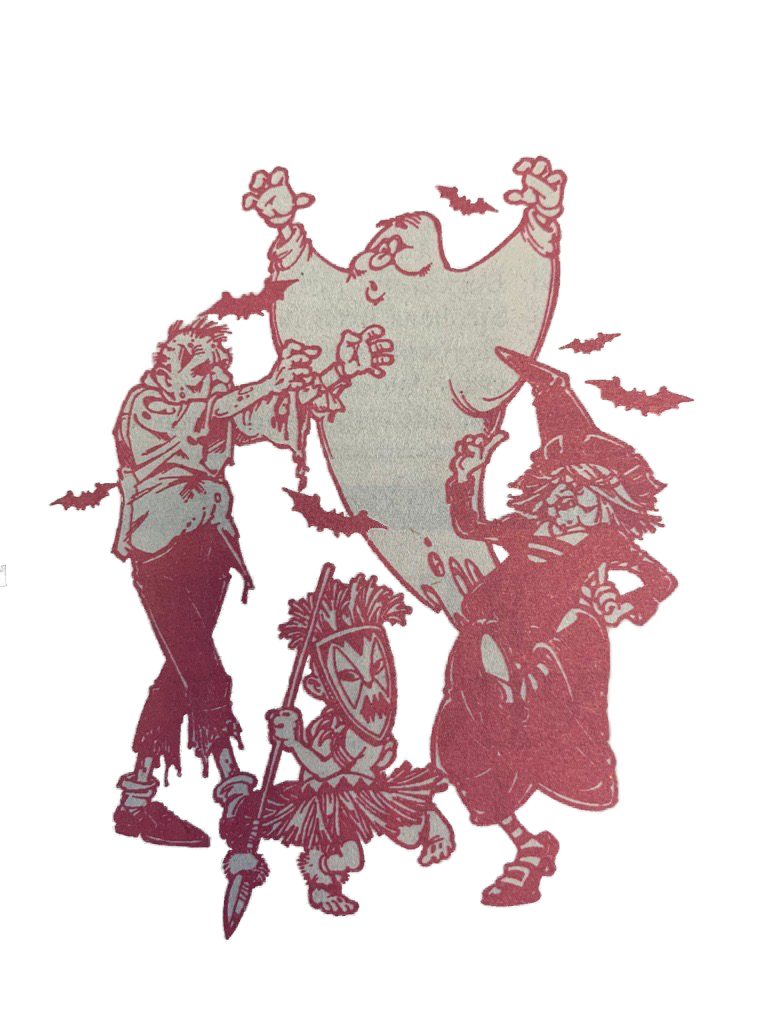Aside from the daily duties of bathing, feeding, exercising and dressing, the human form is not a subject most people consider on a regular basis.
However, two new exhibits that opened Sept. 18 at the Nasher Sculpture Center show how modern and contemporary artists have seriously studied and contemplated the human form.
The exhibit, “Bodies Past and Present: The Figurative Tradition in the Nasher Collection,” treats visitors to sculpture interpretations of the body.
While one of the galleries deals with the human body and the artists’ response to primitivism, the other emphasizes modern technology and its effects on the body, bodies in motion and abstract renderings of human form.
Jed Morse, assistant curator for the Nasher Sculpture Center, said the main exhibit also shows the departures modern and contemporary artists made from classic sculptors.
“Art historians note changes to sculpture as more dramatic,” Morse said. “For a long time, sculpture was seen as statuary and was strictly figurative. Statues were of historical figures or equestrian in nature. But even the beginning of modern sculpture breaks from the actual tradition of relating to this theme.”
Nasher Sculpture Center Director Steven Nash said the sculptures represent how the body has survived as a contemplated art form throughout art history.
“‘Bodies: Past and Present’ is a twist on the figurative tradition of bodily representation in modern sculpture,” Nash said. “The body represents the most important, long-lasted, dedicated theme in Western art and shows the survival and resilience of the human body as a form.”
Three of significant sculptures are Naum Gabo’s “Constructed Head No. 2,” Claes Oldenburg’s “Typewriter Eraser” and Antony Gormley’s “Quantum Cloud XX.”
Completed in 1916 as part of the Russian Constructivist movement, Gabo used stainless steel to make a honeycomb structure of a head. Using the modern principles of engineering and light, Gabo’s massive, metallic sculpture appears as though it could be held up by air.
Unlike Gabo’s sculpture, Oldenburg’s featured sculptures do not technically use the human figure as a model. Rather, Oldenburg used ordinary objects such as a typewriter eraser and a clothespin that he magnified to larger-than-life in his sculptures. In their magnified state, Oldenburg’s objects take on a human appearance.
In the case of “Typewriter Eraser,” completed in 1976, the eraser portion of the typewriter ribbon resembles a human head in its most basic – a circle. Meanwhile, the ribbon itself resembles free-flowing human hair.
Gormley’s “Quantum Cloud XX” highlights his career-long exploration of the body and its environment. Using stainless steel rods, Gormley constructs the silhouette of a human figure trapped in what appears to be a tornado.
By situating his rods at different angles and spaces, Nasher visitors can see how Gormley constructed the denseness of a human figure against the weightlessness of a strong gust of air.
For visitors who want to put their minds to use, the lower gallery houses its second exhibition, “Variable States: Three Masterworks of Modern Sculpture.”
Featuring Auguste Rodin’s “The Age of Bronze,” Alberto Giacometti’s “Bust of Diego” and Jeff Koon’s “Louis XIV,” “Variable States” places different sculptures from the same cast side-by-side so visitors can scrutinize the representations from the same mold.
“These differences are important since they have an effect on the way we see an object and what it means for us,” Nash said.
Weathering, media, patina (coloring on a bronze surface), and other minute differences between the artists’ different sculptures raise questions about whether two like objects can be represented the same way. In addition, visitors uncover clues about each artist’s obsessions with the human form.
The Nasher Sculpture Center, conceived by Raymond Nasher, opened in October 2003. With more than 300 works in the collection, it is considered by many to be one of the finest collections of modern sculpture.
For more information, call the Nasher Sculpture Center at 214-242-5100.



